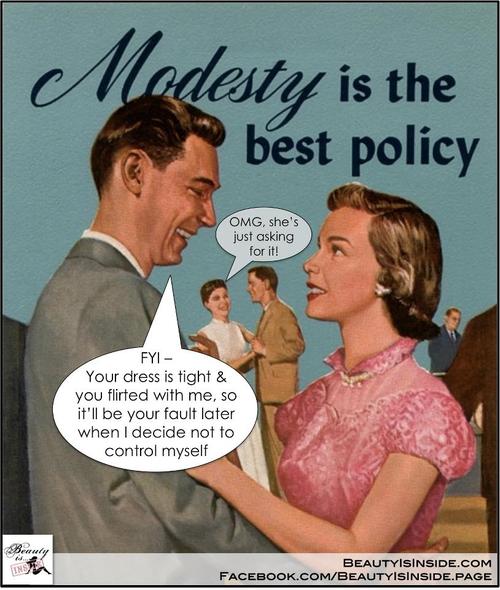Written by Estelle Ng, Change Maker
 In December 2015, an article published in The Straits Times caught my attention. Entitled “Transgender man with 2 ‘wives’ admits sex with teenage girl”, it was an extremely uncomfortable and confusing read.
In December 2015, an article published in The Straits Times caught my attention. Entitled “Transgender man with 2 ‘wives’ admits sex with teenage girl”, it was an extremely uncomfortable and confusing read.
Here’s why:
- In short, it was a case about a man who is charged with having sex with a minor.
- The word “married” is placed in inverted commas – making it unclear as to whether he really is married. If they are legally married, there should be no reason why “married” should be accompanied by inverted commas. Furthermore, it is unclear if his marital status(es) matter.
- He was constantly referred to as “her” even though his gender identity clearly shows otherwise.
- It is unclear if his gender identity actually matters in this case. Think about it, would his gender identity and/or orientation be worth a mention if he was cisgender? “Cisgender man with 2 ‘wives’ admits sex with teenage girls”. If not, is there really a need to identify him as a “transgender” while at the same time denying his gender identity?
The choice of words and language used in the recent newspaper report reflects a less-than-dignified representation of individuals from the trans community. And my opinion is even echoed in an unpublished letter written by Sayoni to the Straits Times.
Talking about how the trans community is represented in media is important because it reflects how they are treated in society. More importantly, it also deals with any social biases and prejudices they face in society.
Surely, in this day and age, there has to be more respectful representations of trans individuals in Singapore. Afterall, trans individuals are just like you and me – we go to school, get a job and pay due taxes. The only difference is in the bodies we identify ourselves in: yet, don’t we all have a unique way of identifying our preferred gender and performance as well?
Having said that, how can we best represent individuals from this community? Let’s take a look at three note-worthy media representations!
- The New Paper’s “Mum, Am I a boy or a girl? Singaporean transgender individuals open up about struggles”
Shortly after the above mentioned case was made public, TNP made the effort to engage in conversations with a few trans folks. In the report, trans individuals were given a chance to narrate their life stories. It featured three individuals: Cheong who shared about how she had to live under her mother’s expectations of her as a boy when she was growing up; Khor who spoke about his transition; and Salamat who expressed her joy after becoming who she really felt like. Though featuring three individuals cannot wholly represent experiences that all trans individuals face, the article humanises trans individuals and treats them with respect by giving them room to share their stories the way they want to.
- Grace Baey’s photo exhibition, 8 Women
If a picture speaks a thousand words, Baey would have spoken a great amount by bringing them in the limelight in the way the featured 8 individuals were comfortable with. Entitled 8 Women, this photo exhibition highlights how trans folks exist in diversity – each one is unique in their own right.
-
 Christopher Khor’s upcoming film-documentary, Some Reassembly Required
Christopher Khor’s upcoming film-documentary, Some Reassembly Required
In an upcoming documentary, Khor features trans folks in different stages of transition. But, really this documentary is about what it means to be human for some individuals in a “modern country with conservative Asian values”.
In sum, various media platforms have an important role to play in providing information and educating the public. It is essential that information is tactfully chosen and media works are thoughtfully crafted and presented. Being insensitive to a person regardless of gender identity or orientation is not only disrespectful but also serves to fuel discrimination that the LGBTQIA community is already facing in Singapore.
It is time to recognise that trans folks are individual human beings who deserve respect too. After all, identifying with a particular life experience or gender identity is only a part of one’s identity.
“I am who I am (which is the sum of my experiences) but being transgender specifically is not the centre of my being… I think it’s become so much a part of me that I would not be who I am without it, but does it define me? I don’t think so.,” he offers. “We really are just the sum of our life experiences, and being transgender is just one part of mine.”
– Christopher Khor in an interview with Contented.
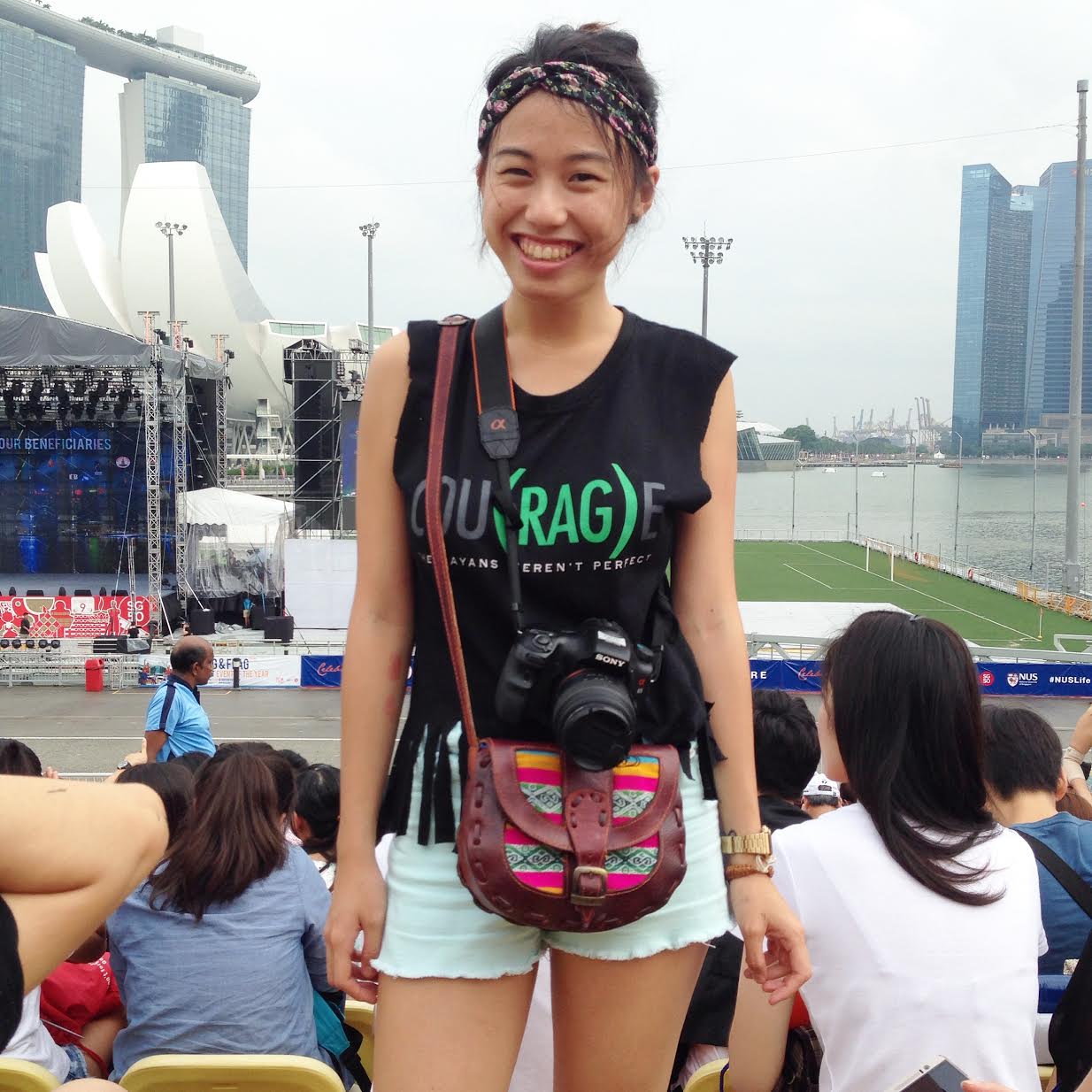 About the Author: Living by the motto permanent impermanence, Estelle realises that with every moment never capable of repeating itself, life is simply too short to be spent waiting for things to happen. She is currently a Sociology undergraduate who believes that the power of words and the arts can inspire conversations.
About the Author: Living by the motto permanent impermanence, Estelle realises that with every moment never capable of repeating itself, life is simply too short to be spent waiting for things to happen. She is currently a Sociology undergraduate who believes that the power of words and the arts can inspire conversations.

 few Sundays ago, I watched the recently released Vacation. The movie is about a family in the U.S. who, in an attempt to revitalise their annual family summer vacation, decide to go on a road trip to the father’s childhood vacation spot, the fictional amusement park ‘Wally World’.
few Sundays ago, I watched the recently released Vacation. The movie is about a family in the U.S. who, in an attempt to revitalise their annual family summer vacation, decide to go on a road trip to the father’s childhood vacation spot, the fictional amusement park ‘Wally World’.

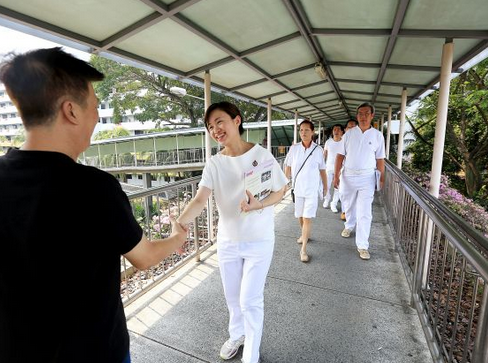
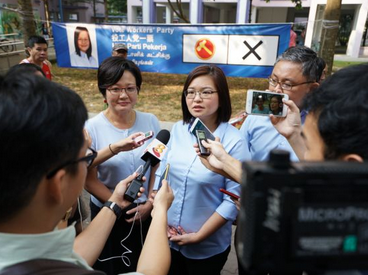
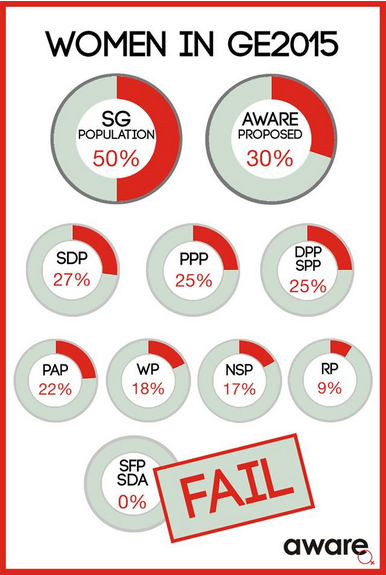
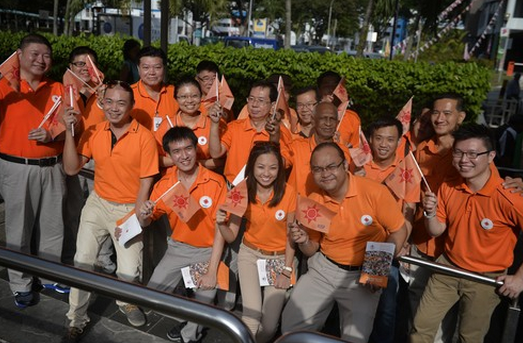
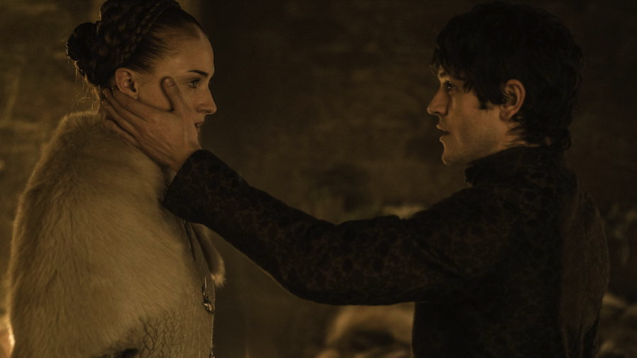
 Huang Yuzhu, played by Joanne Peh, is a young girl born into an affluent family. She is kind, helpful, bubbly, and generally a pretty nice person.
Huang Yuzhu, played by Joanne Peh, is a young girl born into an affluent family. She is kind, helpful, bubbly, and generally a pretty nice person. Clearly, local media has developed the very, very problematic habit of using rape as an easy and convenient plot device. And even more clearly, this has to stop.
Clearly, local media has developed the very, very problematic habit of using rape as an easy and convenient plot device. And even more clearly, this has to stop.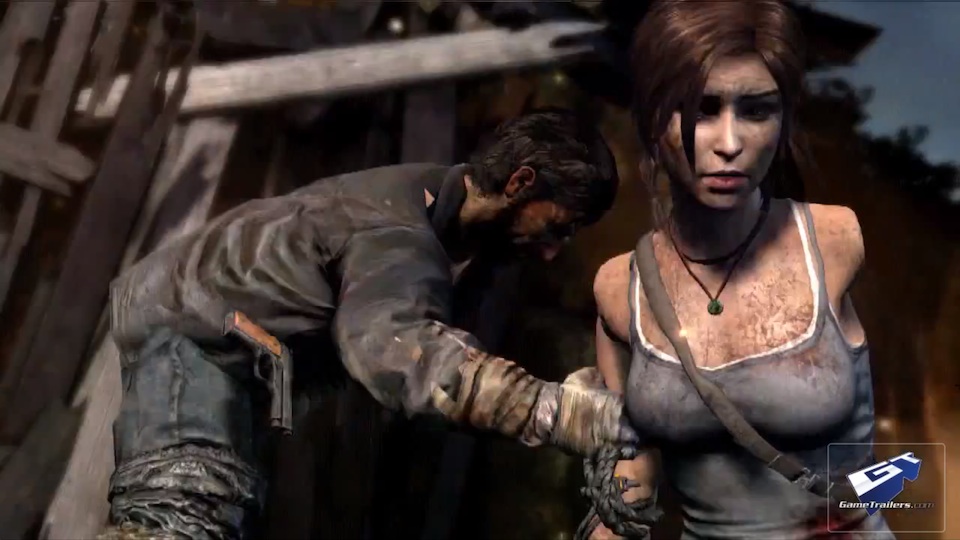

 As I got older, the gaming world grew as well. I started playing a few MMORPGs. In these games, I noticed that female characters always have great clothes, really big busts and just look really pretty. I remember spending a lot of time customising my character. Before I knew it, I started wishing that I could look like them. I even started altering my appearance, and buying accessories that looks like the character’s. Looking back, it was the first time I actually took notice of my own appearance and started being self-conscious. It affected me slightly, as I fought to attain the unachievable beauty of my character, spending hours in front of my computer screen and visualising myself looking like my character.
As I got older, the gaming world grew as well. I started playing a few MMORPGs. In these games, I noticed that female characters always have great clothes, really big busts and just look really pretty. I remember spending a lot of time customising my character. Before I knew it, I started wishing that I could look like them. I even started altering my appearance, and buying accessories that looks like the character’s. Looking back, it was the first time I actually took notice of my own appearance and started being self-conscious. It affected me slightly, as I fought to attain the unachievable beauty of my character, spending hours in front of my computer screen and visualising myself looking like my character.



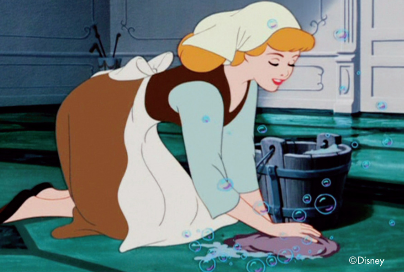
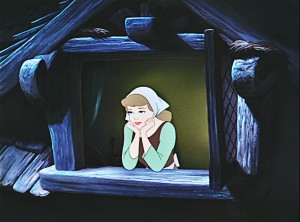





 Disney movies are another good example of gender stereotypes that young children, notably young girls, are exposed to. Cinderella teaches girls that they aren’t worthy of a prince unless they look beautiful, but also have all the domestic skills a women must have. This stereotype is reinforced in Snow White, as Snow stays at home to cook and clean while the dwarves go off to do “the real work.” I wouldn’t be the first person to note how Beauty and the Beast normalizes the existence of domestic abuse and violence within relationships.
Disney movies are another good example of gender stereotypes that young children, notably young girls, are exposed to. Cinderella teaches girls that they aren’t worthy of a prince unless they look beautiful, but also have all the domestic skills a women must have. This stereotype is reinforced in Snow White, as Snow stays at home to cook and clean while the dwarves go off to do “the real work.” I wouldn’t be the first person to note how Beauty and the Beast normalizes the existence of domestic abuse and violence within relationships.